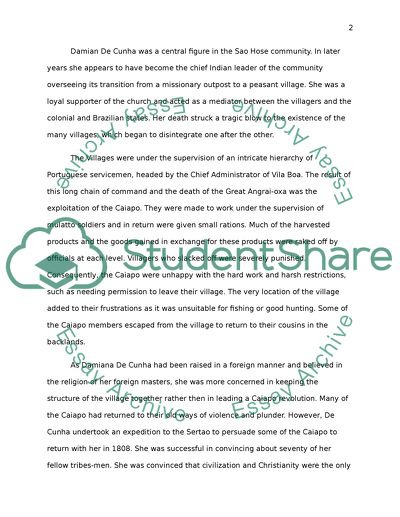Cite this document
(“The Biographical Outlines of Hernando De Valencia, Damiana De Cunha, Essay”, n.d.)
Retrieved de https://studentshare.org/history/1390654-the-biographical-outlines-of-hernando-de-valencia-damiana-de-cunha-enrico-martinez-micaela-angela-carrillo-diego-vasicuio-and-antonio-de-gouveia-portuguese-and-spanish-america
Retrieved de https://studentshare.org/history/1390654-the-biographical-outlines-of-hernando-de-valencia-damiana-de-cunha-enrico-martinez-micaela-angela-carrillo-diego-vasicuio-and-antonio-de-gouveia-portuguese-and-spanish-america
(The Biographical Outlines of Hernando De Valencia, Damiana De Cunha, Essay)
https://studentshare.org/history/1390654-the-biographical-outlines-of-hernando-de-valencia-damiana-de-cunha-enrico-martinez-micaela-angela-carrillo-diego-vasicuio-and-antonio-de-gouveia-portuguese-and-spanish-america.
https://studentshare.org/history/1390654-the-biographical-outlines-of-hernando-de-valencia-damiana-de-cunha-enrico-martinez-micaela-angela-carrillo-diego-vasicuio-and-antonio-de-gouveia-portuguese-and-spanish-america.
“The Biographical Outlines of Hernando De Valencia, Damiana De Cunha, Essay”, n.d. https://studentshare.org/history/1390654-the-biographical-outlines-of-hernando-de-valencia-damiana-de-cunha-enrico-martinez-micaela-angela-carrillo-diego-vasicuio-and-antonio-de-gouveia-portuguese-and-spanish-america.


